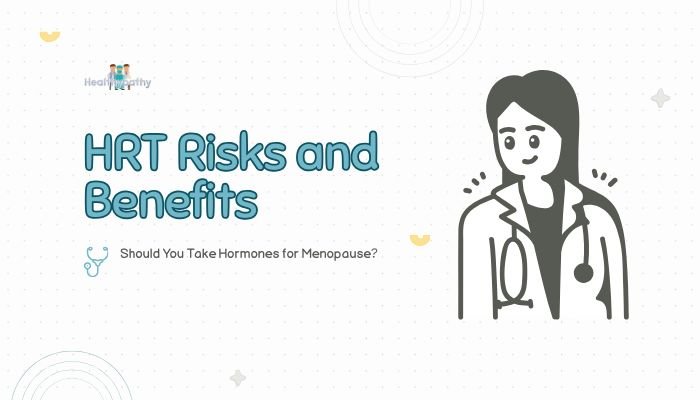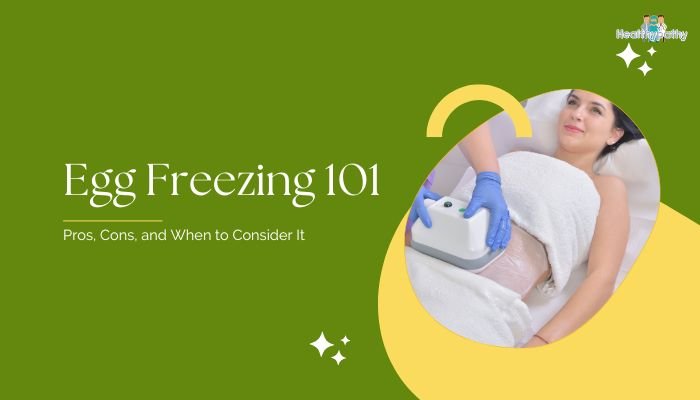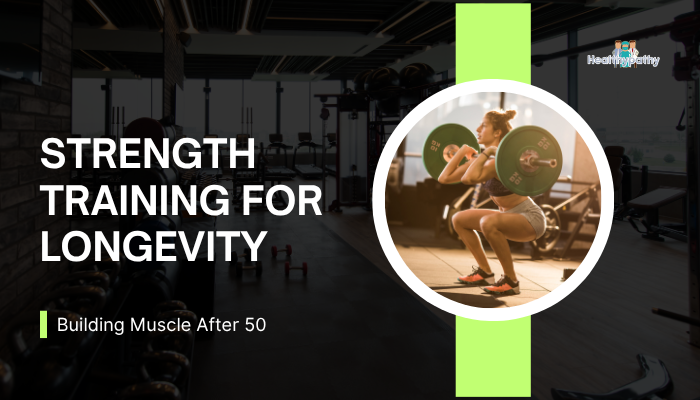Introduction
Menopause brings hot flashes, night sweats, mood changes, and vaginal dryness—symptoms that can be disruptive. Hormone replacement therapy (HRT) offers notable relief for many, but also raises questions about safety, side effects, and whether potential risks outweigh the benefits. No single formula works for every woman; the choice often hinges on symptom severity, medical history, and lifestyle factors. This guide explores how HRT helps, associated risks, and ways to decide if it fits your needs.

What Is HRT?
Types of HRT
- Estrogen-Only Therapy (ET): For women without a uterus (e.g., post-hysterectomy).
- Combined Therapy (Estrogen + Progestogen): For women with a uterus, protecting the endometrium from unchecked estrogen stimulation.
- Local Vaginal Estrogen: Creams, tablets, or rings addressing local symptoms (dryness, painful intercourse) with minimal systemic absorption.
How It Works
By replenishing hormones that decline around menopause, HRT mitigates vasomotor symptoms (like hot flashes), improves genitourinary health, and may slow bone loss.
Benefits of HRT
Eases Vasomotor Symptoms
A key benefit is reduced frequency and severity of hot flashes and night sweats. This helps many regain normal sleep and daily comfort.
Supports Bone Health
Estrogen slows bone resorption, lowering osteoporosis risk and fracture incidence, particularly for early menopausal women or those prone to bone density issues.
Alleviates Urogenital Symptoms
Vaginal dryness, irritation, and painful intercourse often lessen under HRT—especially if local estrogen therapy is used.
Potential Mood and Sleep Improvement
Some women notice less mood volatility or insomnia with stabilized hormone levels, although results can vary.
Risks and Considerations
Breast Cancer and Other Cancers
Extended use of combined estrogen-progestogen HRT may raise breast cancer risk. Estrogen-only HRT in women without a uterus may not carry the same breast cancer risk but can affect other tissues. Discuss personal risk factors (family history, genetic predisposition) with your doctor.
Cardiovascular and Clotting Risks
- Blood Clots: Some evidence suggests a higher incidence of deep vein thrombosis (DVT) or pulmonary embolism, especially for oral HRT.
- Stroke and Heart Disease: Risk may increase depending on age at initiation, dose, and duration, though starting HRT closer to menopause onset often carries fewer vascular risks.
Side Effects
Possible side effects include breast tenderness, bloating, or mood swings. Adjusting dosage or the form (patch vs. pill) might minimize discomfort.
Timing and Duration
Initiating HRT in your 50s or within a decade of menopause can yield more benefits, with generally lower risks than starting significantly later. Using the lowest effective dose for symptom control and reviewing periodically helps balance safety.
Deciding If HRT Is Right for You
Evaluate Menopause Symptoms
The severity of hot flashes or night sweats, significant insomnia, or extreme vaginal dryness can tilt the scale in favor of HRT. If your day-to-day life is severely disrupted, HRT’s benefits might outweigh potential risks.
Review Personal and Family Medical History
A thorough discussion with your healthcare provider—covering cardiovascular health, family cancer history, and bone density—guides the best choice. Conditions like liver disease, uncontrolled hypertension, or a history of hormone-sensitive cancers may be contraindications.
Explore Alternatives
- Non-Hormonal Medications: Low-dose antidepressants (SSRIs, SNRIs) or gabapentin can help reduce hot flashes.
- Lifestyle Changes: Weight-bearing exercise, balanced diet, and stress management can lessen mild to moderate symptoms.
- Herbal Supplements: While black cohosh or other herbs may provide modest relief for some, evidence is mixed and side effects unknown.
Tips for Safe HRT Use
- Start With the Lowest Effective Dose: Minimizes side effects while delivering symptom control.
- Choose the Right Delivery: Some prefer patches or gels for their possibly lower systemic clotting risk.
- Periodic Reassessment: Regular checkups to see if the dose can be lowered or stopped as symptoms wane.
- Combine With Healthy Habits: Exercise, plenty of calcium/vitamin D, and limiting alcohol or smoking all protect overall health and synergy with HRT.
Conclusion
Hormone replacement therapy remains a powerful tool for addressing debilitating menopausal symptoms, from night sweats to vaginal dryness. However, personalizing HRT—taking into account your health profile, symptom intensity, and preferences—ensures that potential benefits (improved quality of life, stronger bones) surpass the possible risks (breast cancer, clotting). For many women, short- to medium-term HRT usage at the lowest effective dose under medical supervision can deliver meaningful relief. If you’re uncertain, consult with a doctor or specialist to explore all options, including non-hormonal interventions, so you can comfortably transition through menopause.
References
- North American Menopause Society (NAMS). Hormone Therapy Position Statement. 2021.
- American College of Obstetricians and Gynecologists (ACOG). Frequently asked questions on menopausal hormone therapy. 2020.
- Manson JE, et al. Menopausal hormone therapy and health outcomes. N Engl J Med. 2017;376(4):380–382.
- U.S. Preventive Services Task Force (USPSTF). Menopausal hormone therapy to prevent chronic conditions. 2017.






